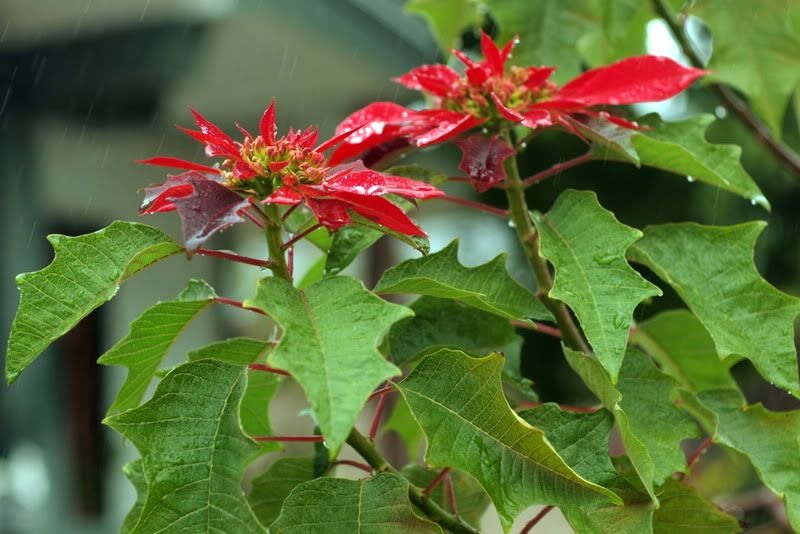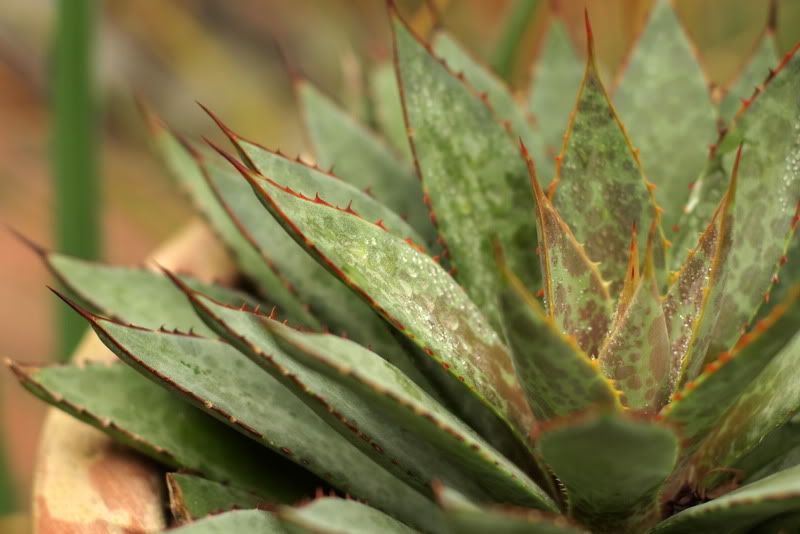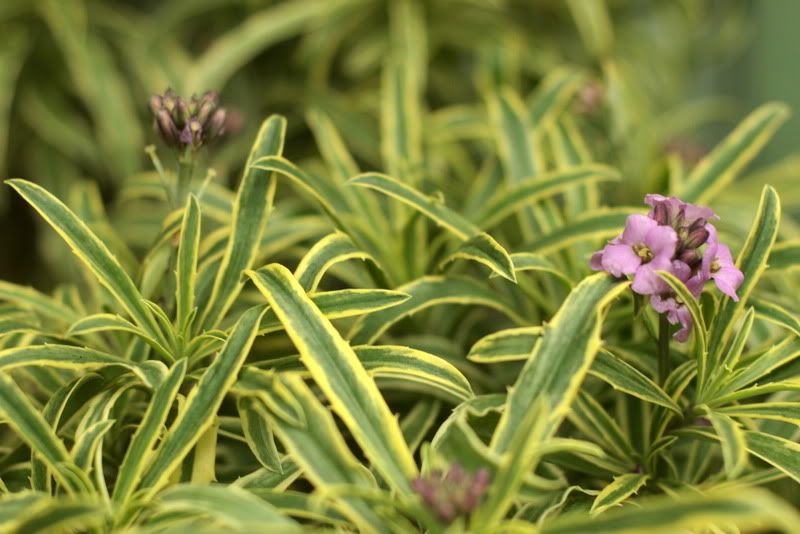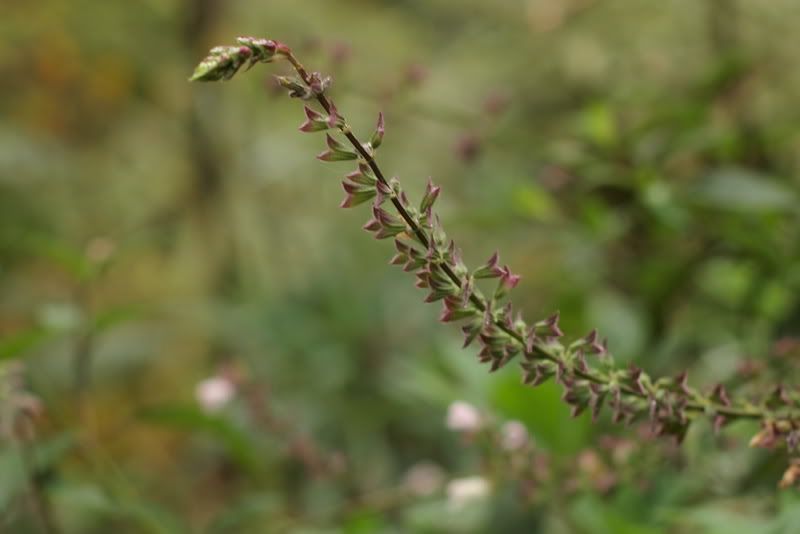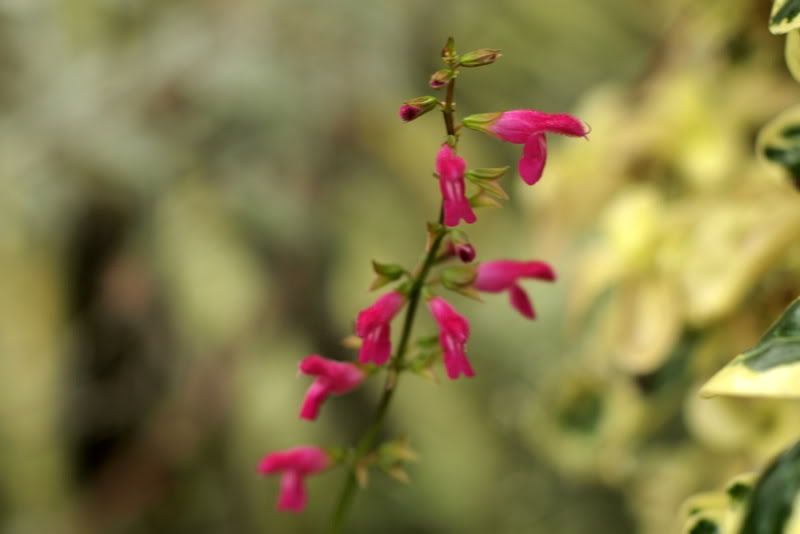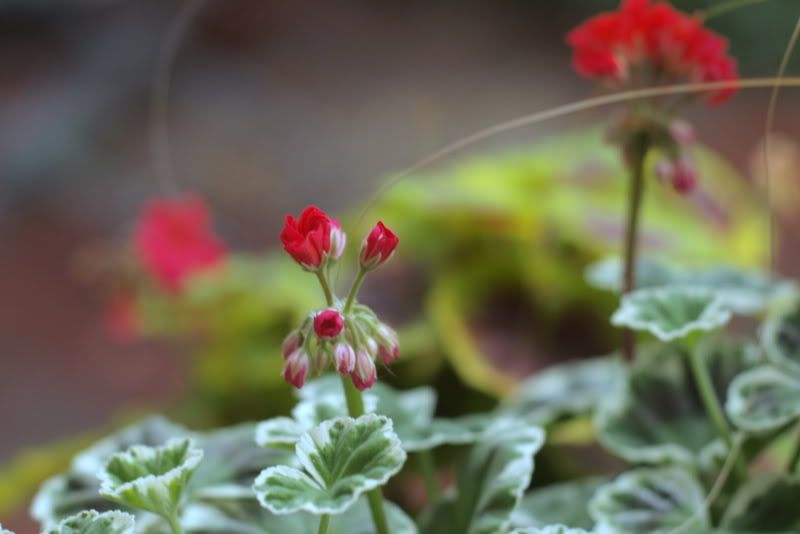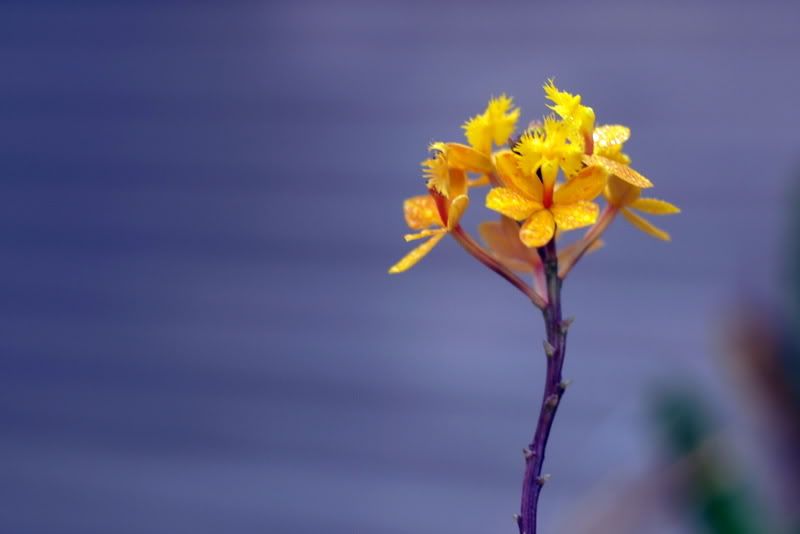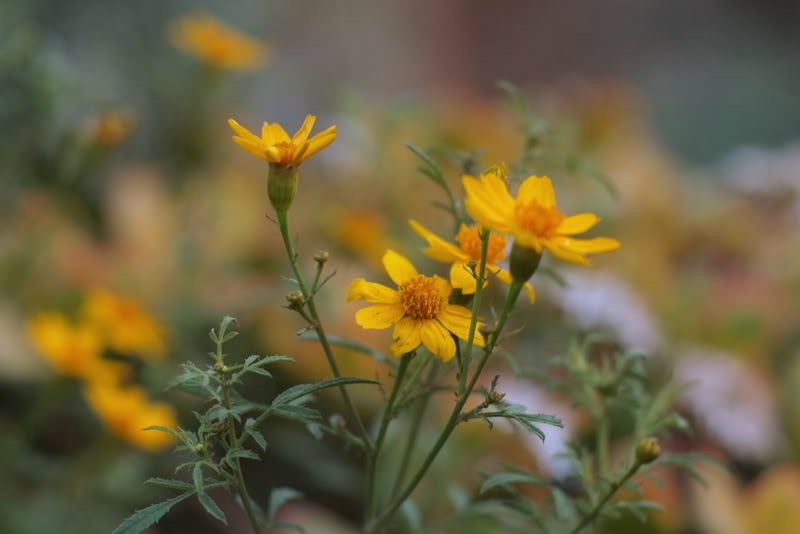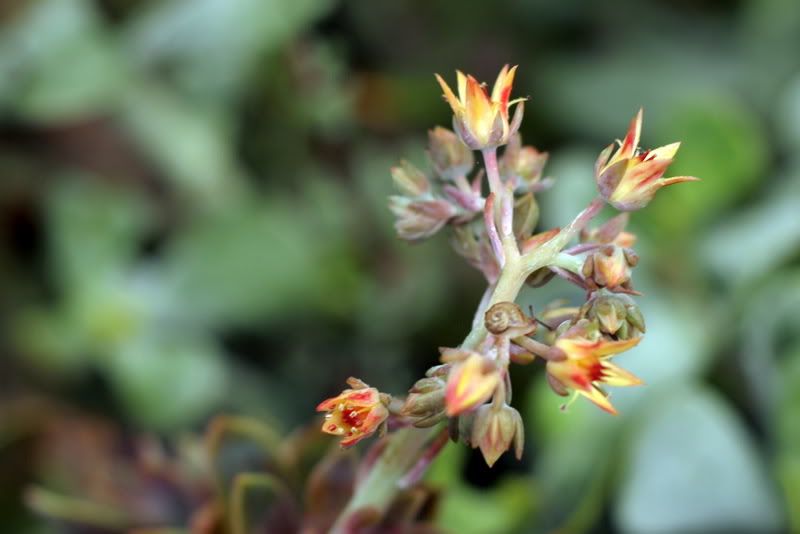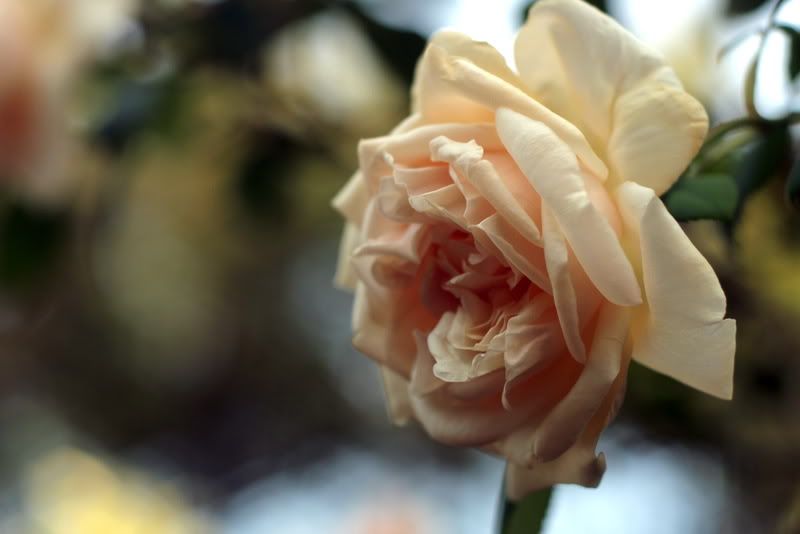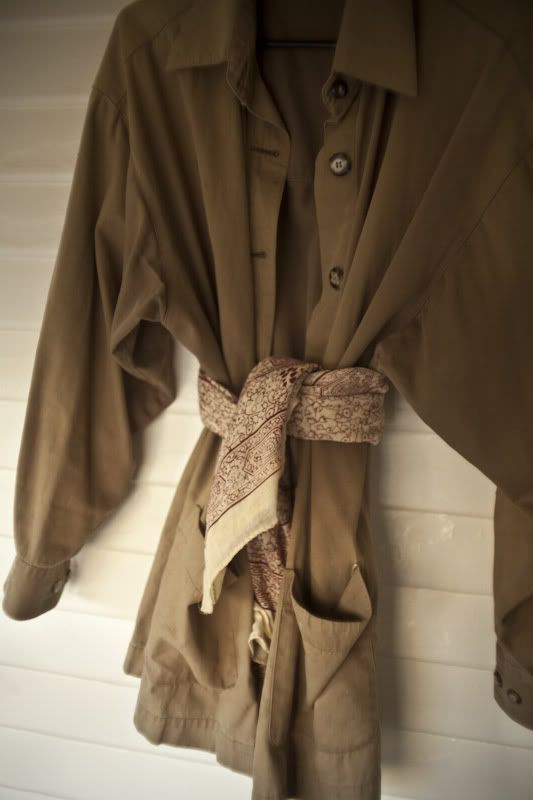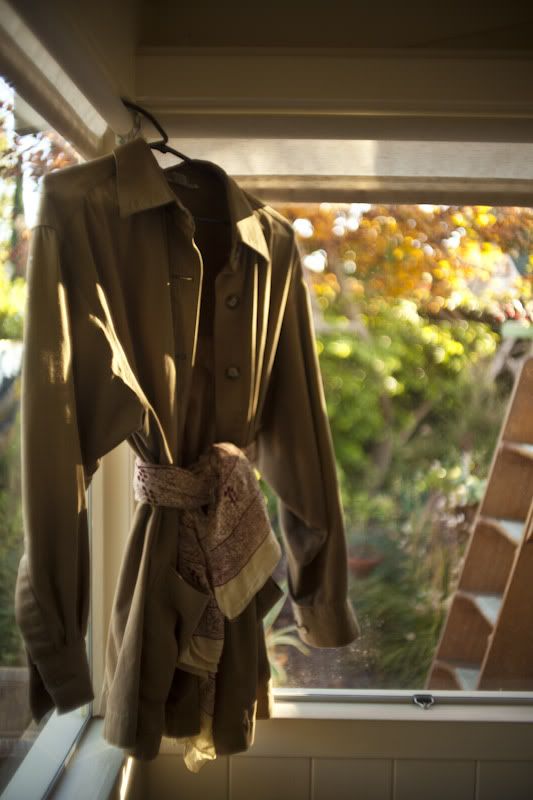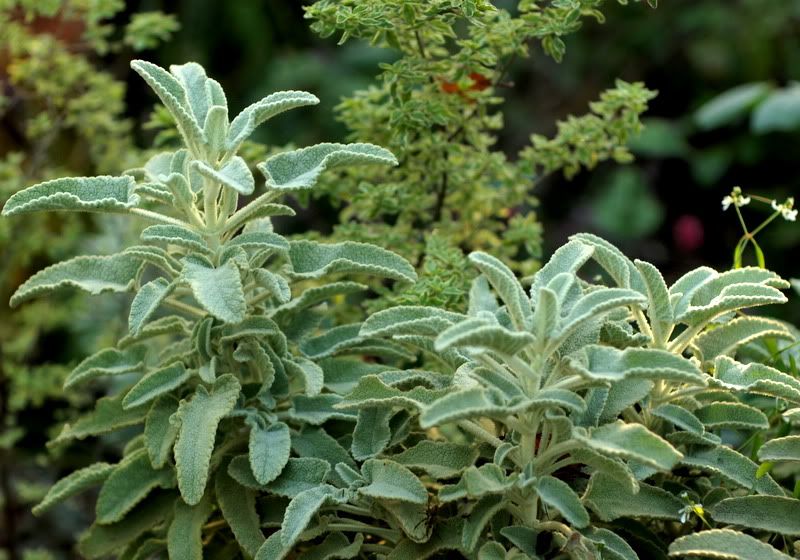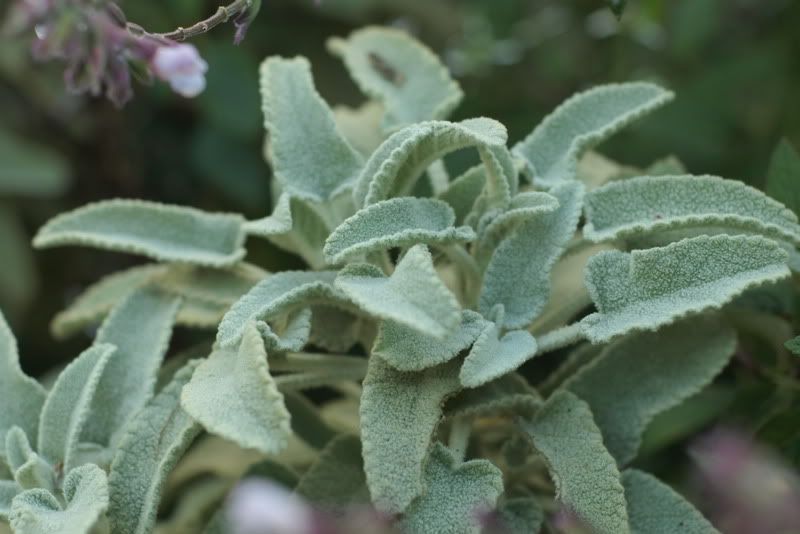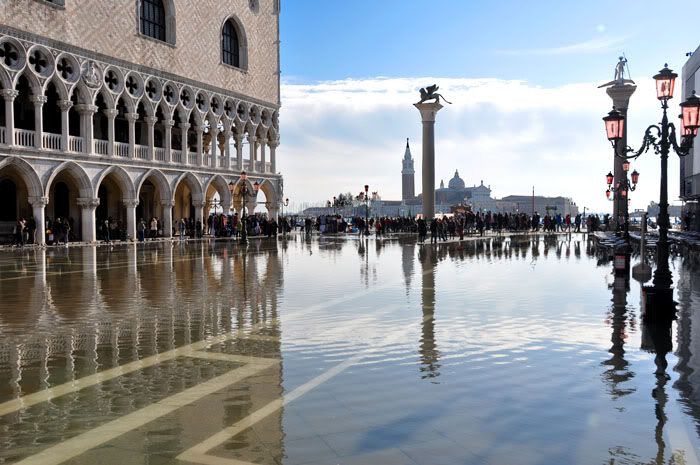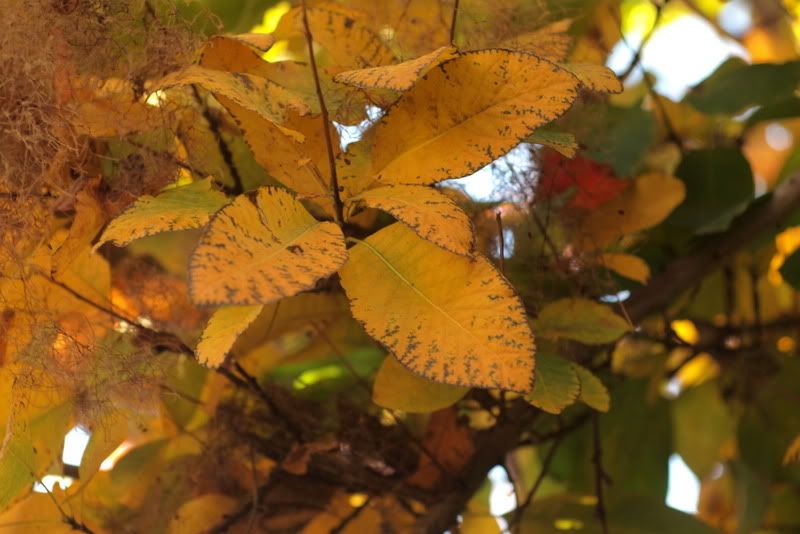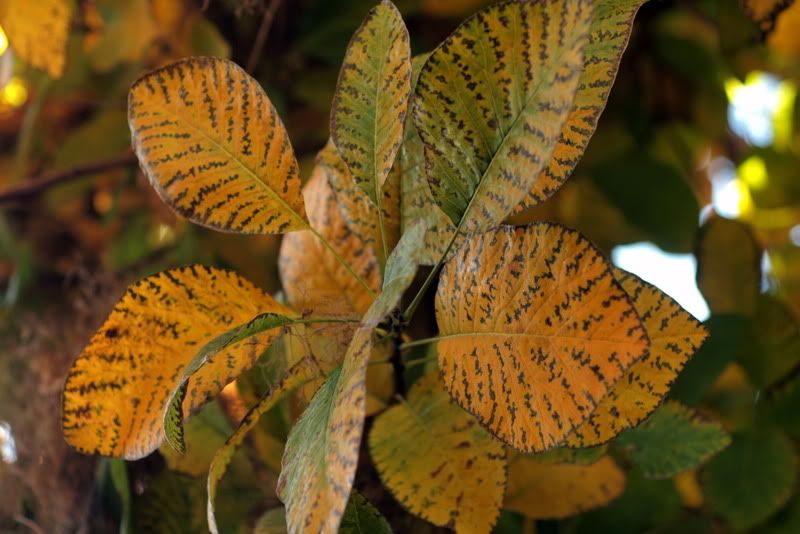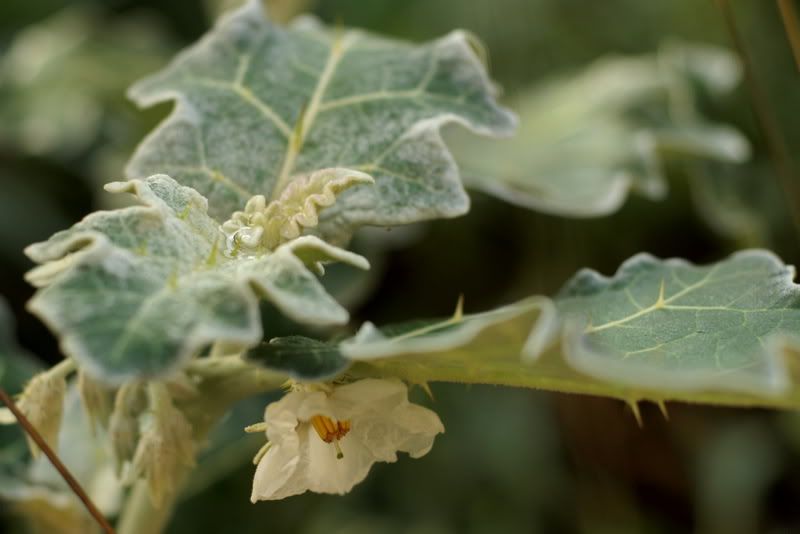I never met a variegated leaf I didn’t like, which might be considered the equivalent of a horticulturalist recessive trait, a weakness of character, a penchant for the flashy. In other words, not in the best of taste.
Variegated derives from the past participle of Late Latin variegare , from Latin varius , “various” plus agere , “to do, to make.” To make varied in appearance, as in:
“The varied appearance of light in winter is one of the few compensations for miserably shorter days and colder temperatures.”
Variegation in plants is caused by a lack of plastid pigments, which creates that negative space that irresistibly draws my eye, really a barren space where the plant is concerned because no photosynthesis will take place in it, which is why variegated plants are slower in growth. With what amounts to possessing a second edge, no wonder the variegated literally makes a garden “edgier,” more exciting.
x Fatshedera lizei ‘Variegata’
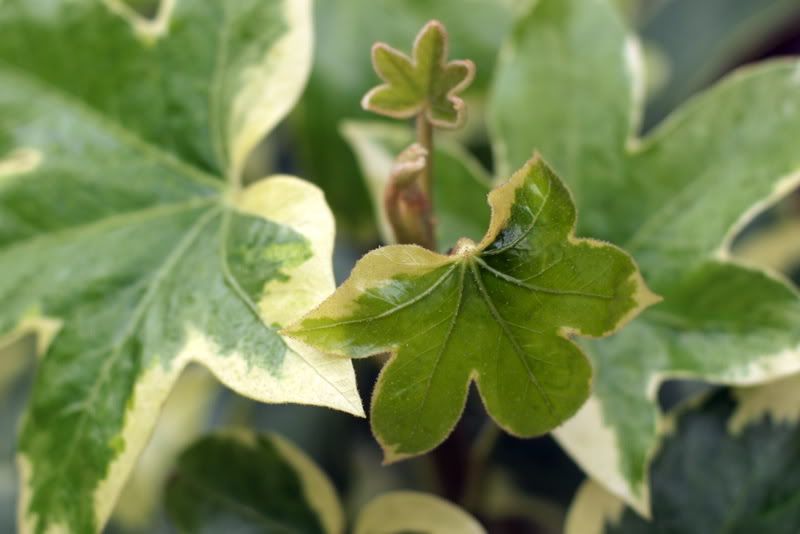
But variegation is not just limited to center stripes (medio-picta) or marginal striping (marginata). It can include blotches, spots, speckling, two, three or more different colors. I have to admit I’ve so far avoided the spotty kinds like the plague (e.g. Ligularia tussilaginea ˜Aureo-Maculata,’ the Leopard Plant.) They just look plaguey and poxed to me. But never say never where plants are concerned.
Unnamed variegated pelargonium
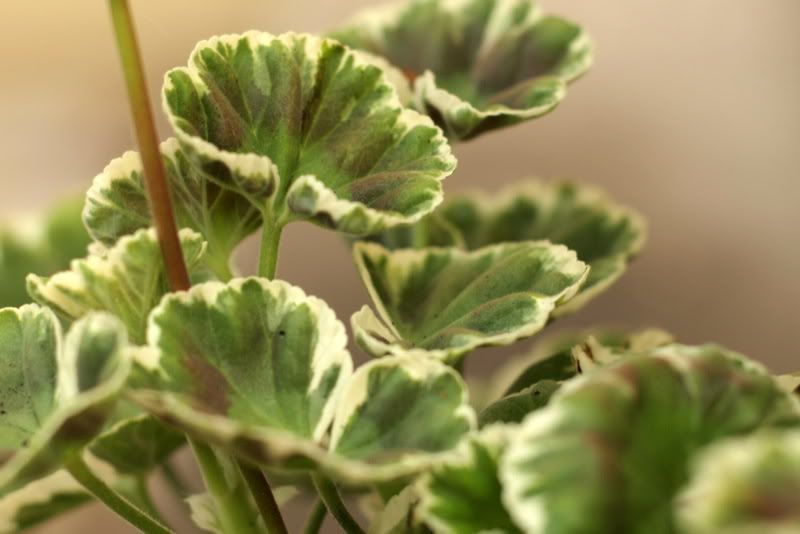
Interesting that variegation occurs rarely in nature. It is an anomaly that the plant explorer finds when, wandering lost in a tropical understory, he sits down to read his map and absentmindedly strokes the leaves of the brilliantly variegated gesneriad at his elbow. (In my childish mind’s eye, I always see this adventurous plant collector in pith helmet and khakis. And, yes, he might resemble Tintin just a bit.)
This rarity in nature is why I think the old-fashioned word “gardenesque” applies to variegated plants and justifies their inclusion in a garden as appropriate rather than an abomination: “Partaking of the character of a garden; somewhat resembling a garden or what belongs to a garden.” Variegation could almost stand as a metaphor for the garden in its own right: The natural world mediated by the human hand (for aesthetics, not profit — well, very little profit anyway).
Pelargonium ‘Indian Dunes’
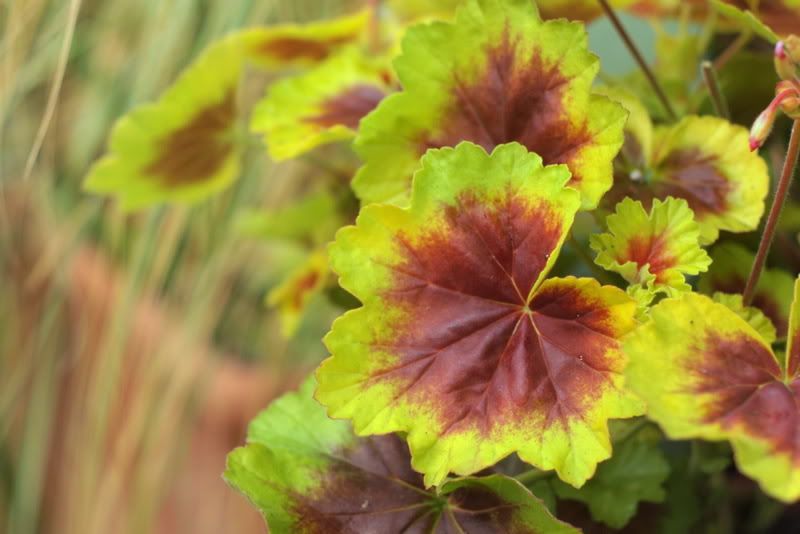
Particularly in a small garden, they separate and delineate.
Euphorbia ‘Silver Swan’
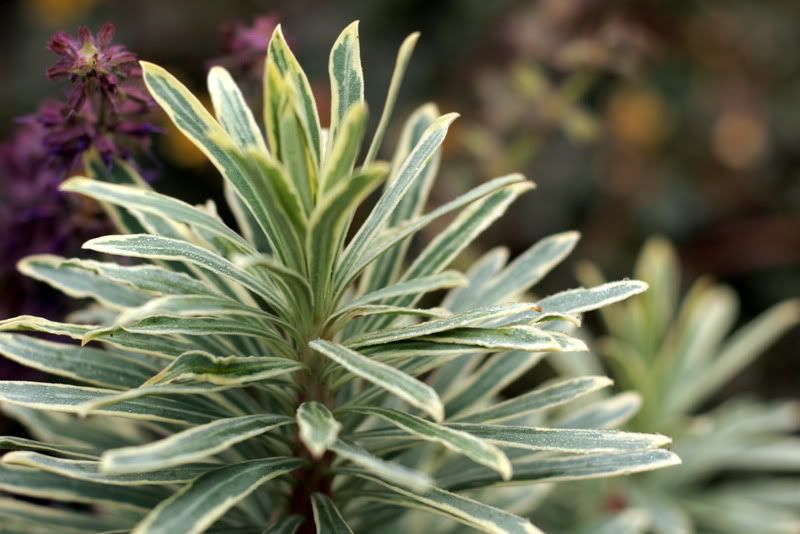
No need to fear disease is causing the “broken colors” of variegation. In Ken Druse’s chapter on variegation from his book “The Collector’s Garden,” he quotes a study from Cambridge University where it was found that in “99 percent of the cases, the variegation is not viral. It is chimeral and often very stable.” (Druse goes on to explain that “Chimeras are plants or plant tissues consisting of more than one genetic composition.” I love how the language of science borrows from the mythical.)
Echium fastuosum ‘Star of Madeira’ (Variegated Pride of Madeira aka Echium candicans)
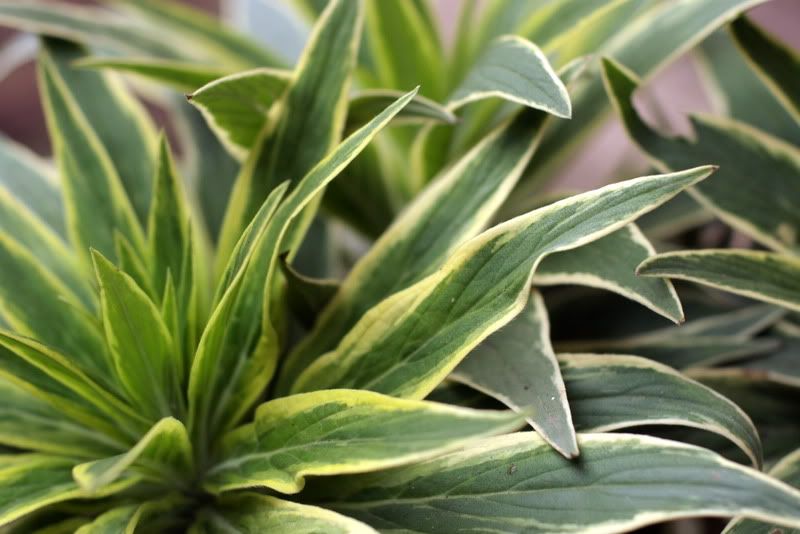
Sometimes in sowing a batch of seedlings a variegation will arise, and fairly stable seed strains can then be developed, like the ‘Alaska’ nasturtiums that are self-sowing in my garden. Or mature trees or shrubs will spontaneously produce a variegated branch called a sport. The variegated are generally weak growers, but there will always be an outlier. For example, the variegated Daphne x burwoodii ‘Carol Mackie’ is rumored to be a stronger grower than the species. (The growth habits of daphnes will forevermore remain rumors to me. I witnessed the slow death of a mature D. odora once, and that was more than enough torment for me.)
Erysimum linifolium ‘Variegatum,’ variegated wallflower
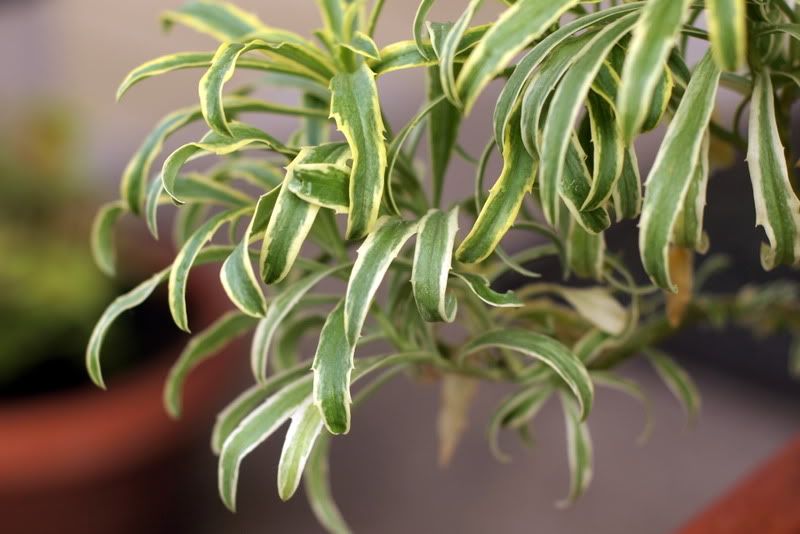
The variegated is not to everyone’s taste, and some gardeners have expressed outright loathing. I find the variegated leaf sometimes sublime, occasionally garish perhaps if the garden is loaded too heavily in their favor. But in winter light, I’m always glad for the shimmer of their luminously deviant leaves. (Viva la deviance!) My eyes follow the variegated leaves these brief, dark days in December like a devoted planet loopily tracking the winter sun.

